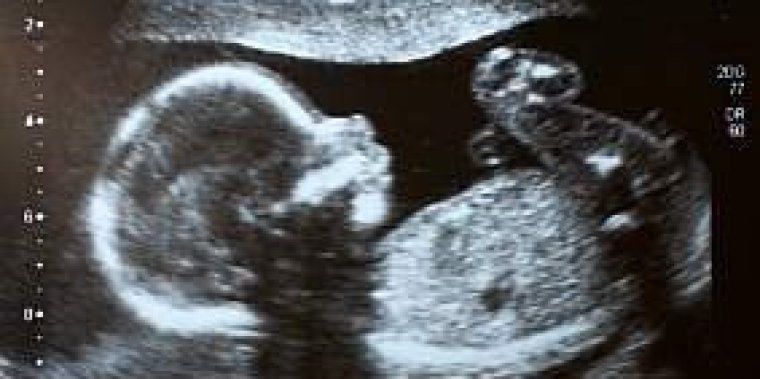| News / Science News |
Persistent organic pollutants in maternal blood linked to smaller fetal size
Pregnant women exposed to persistent organic pollutants, or POPs, had slightly smaller fetuses than women who haven’t been exposed to these chemicals, according to an analysis of ultrasound scans by researchers at the National Institutes of Health and other institutions.

Persistent organic pollutants in maternal blood linked to smaller fetal size. Photo: NIH
The study was conducted by Pauline Mendola, Ph.D., an investigator in the Epidemiology Branch at NIH’s Eunice Kennedy Shriver National Institute of Child Health and Human Development, and colleagues.
Persistent organic pollutants are chemicals once used in agriculture, disease control, manufacturing, and industrial processes. They include the pesticide DDT and dioxin, a byproduct of herbicide production and paper bleaching.
POPs are slow to break down, may persist in water and air, and may be passed through the food chain. Their health effects vary, but some compounds have been linked to reproductive disorders and a higher risk of birth defects.
Earlier studies of the potential effects of POP exposure during pregnancy have produced conflicting results.
According to the authors, most of these studies looked at infant birth weight and length, measures that could suggest impaired fetal growth but could also indicate genetic factors that lead to smaller birth size and weight. Moreover, previous studies have investigated POPs as individual chemicals, but people typically are exposed to a mix of these compounds.
"The differences we found in fetal growth measures may be more sensitive indicators, compared to birth size, of the potential effects of these compounds," said Dr. Mendola. "Even at low levels, there is evidence of a possible effect on fetal growth."
In the current study, the blood samples were tested for the presence of 76 POPs soon after the women began the study. The POP levels in each woman’s blood were listed as percentiles, with the highest levels set at 100 and the lowest at 1.
The researchers then compared growth measurements of head circumference, abdominal circumference, and femur (thigh bone) length of the fetuses of women in the 75th percentile to those of women in the 25th percentile.
They found that, compared to fetuses in the 25th percentile of exposure to organochlorine pesticides, the fetuses of women with exposure in the 75th percentile had the most widespread growth reductions, with head circumference reduced by an average of 4.7 mm, abdominal circumference reduced by 3.5 mm, and femur length reduced by 0.6 mm.
High levels of dioxin-like polychlorinated biphenyls were associated with an average head circumference reduction of 6.4 mm and an abdominal circumference reduction of 2.4 mm.
High levels of polybrominated diphenyl ethers —flame-retardant chemicals used in furniture, electronics and other consumer products—were associated with an average abdominal circumference reduction of 2.4 mm and an average femur length reduction of 0.5 mm. (National Institutes of Health)
YOU MAY ALSO LIKE





